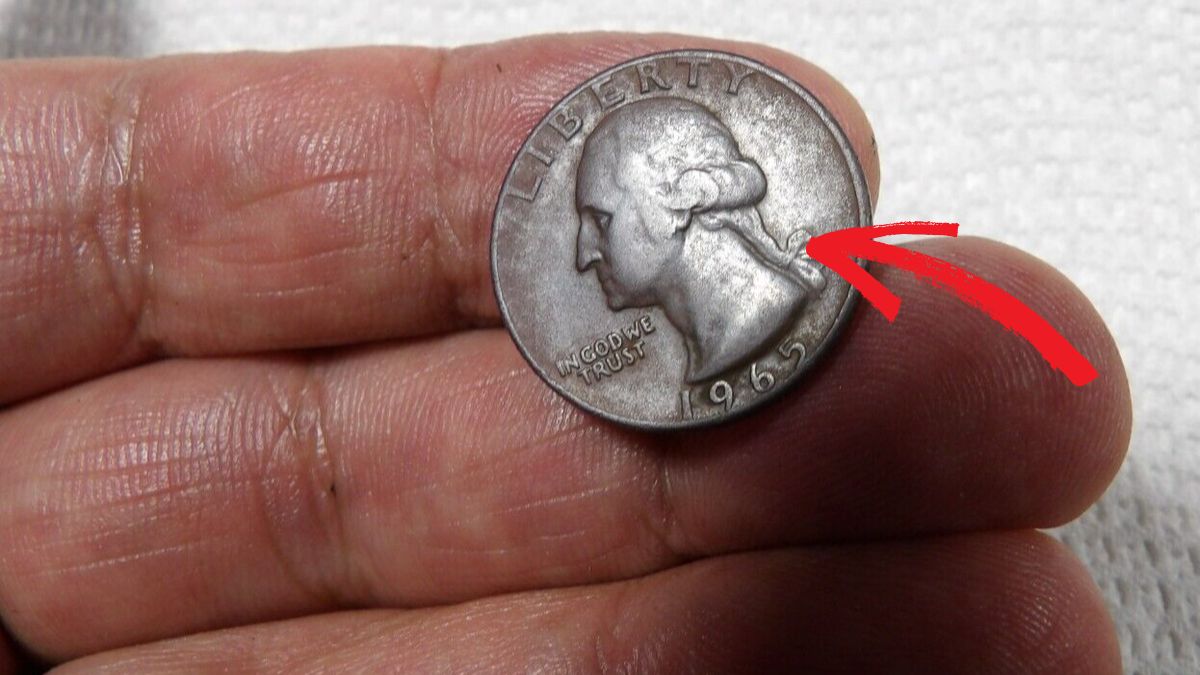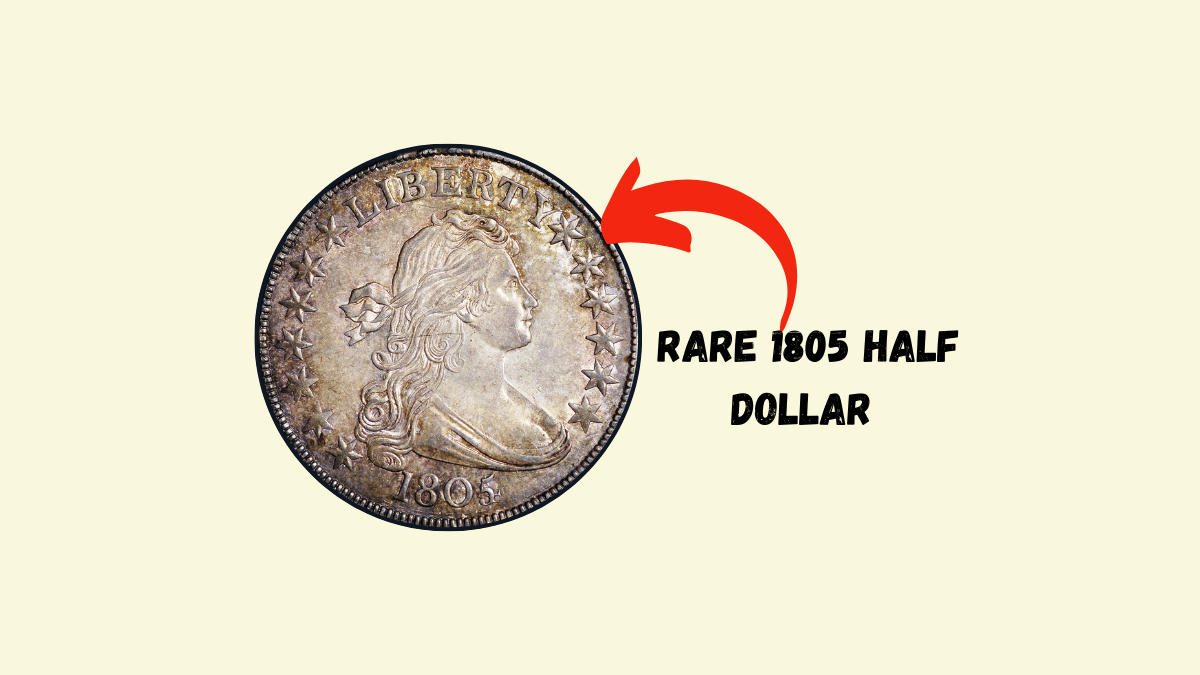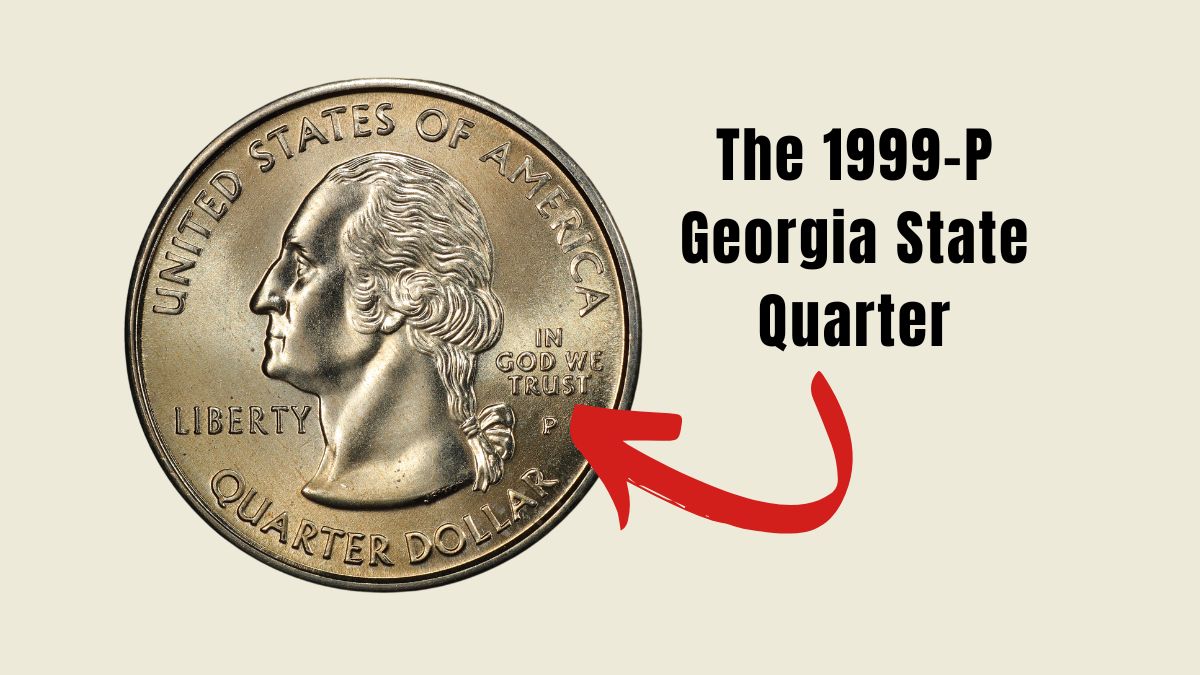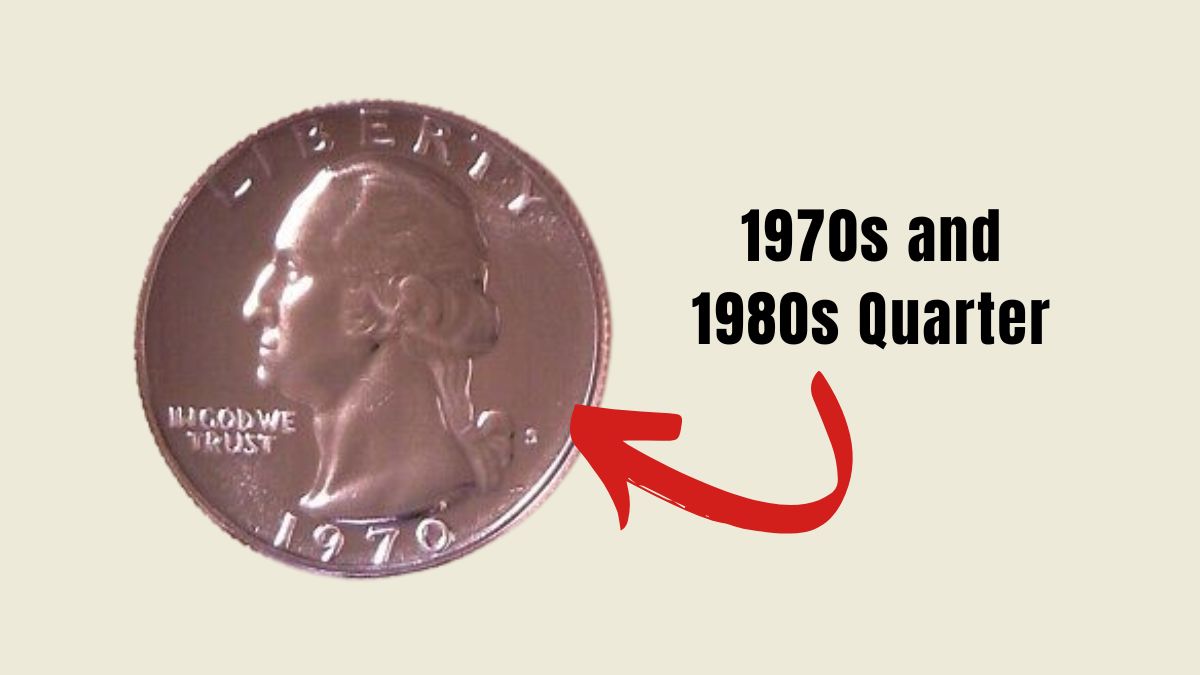The 1965 Washington Quarter holds a unique place in numismatic history due to a rare minting error that has captivated collectors and investors alike. This error, involving quarters struck on silver planchets instead of the intended copper-nickel clad composition, has led to these coins fetching impressive sums at auctions.
The Transition from Silver to Clad Coinage
In 1965, the U.S. Mint transitioned from producing quarters with a 90% silver composition to a copper-nickel clad format. This change was driven by rising silver prices and the need to reduce production costs. Despite meticulous planning, some 1965 quarters were inadvertently struck on leftover silver planchets from 1964, resulting in the rare and valuable 1965 silver quarter error.
Identifying the 1965 Silver Quarter Error
Collectors can identify a 1965 silver quarter error through several distinguishing features:
- Weight: Silver quarters weigh approximately 6.25 grams, compared to the standard 5.67 grams of copper-nickel clad quarters.
- Edge Appearance: Silver quarters exhibit a uniformly silver-gray edge, lacking the reddish-orange hue seen in clad coins.
- Sound: When dropped, silver quarters produce a distinct, higher-pitched ringing sound, unlike the duller sound of clad quarters.
Auction Records and Market Value
The rarity of the 1965 silver quarter error has led to significant interest and high prices at auctions. Notable sales include:
- A 1965 quarter struck on a silver planchet, graded About Uncirculated (AU) 53, sold for $7,050.
- Another example is the graded Mint State (MS) 62, which fetched $7,800 in 2021.
- A 1965 quarter graded Extremely Fine (XF) 45, struck on a silver planchet, sold for $9,300 in 2022.
Factors Influencing Value
Several factors contribute to the value of a 1965 silver quarter error:
- Condition: Coins in higher grades, such as MS (Mint State) or AU (About Uncirculated), command higher prices.
- Rarity: The limited number of these error coins increases their desirability among collectors.
- Authentication: Certification by reputable grading services like PCGS or NGC adds credibility and can enhance value.
1965 Quarter Specifications
| Feature | Standard 1965 Quarter | 1965 Silver Quarter Error |
|---|---|---|
| Composition | Copper-Nickel Clad | 90% Silver |
| Weight | 5.67 grams | 6.25 grams |
| Edge Color | Reddish-Orange Hue | Uniform Silver-Gray |
| Auction Record Price | Face Value to $20,000 | $7,050 to $9,300 |
The 1965 silver quarter error stands as a testament to a significant transitional period in U.S. coinage history. Its rarity and the intriguing story behind its creation continue to captivate collectors, leading to substantial auction prices. For those fortunate enough to discover one, it represents a valuable asset and a fascinating piece of numismatic heritage.
FAQs
Why were some 1965 quarters struck on silver planchets?
During the transition to copper-nickel clad coinage in 1965, some leftover silver planchets from 1964 were mistakenly used, resulting in the error coins.
How can I determine if my 1965 quarter is struck on a silver planchet?
You can check the coin’s weight (silver quarters weigh about 6.25 grams), examine the edge color (uniform silver-gray), and listen for a distinct ringing sound when dropped.
Are all 1965 Quarters without mint marks?
Yes, quarters minted in 1965 do not bear mint marks, as the U.S. Mint omitted them during this period to discourage coin hoarding.




